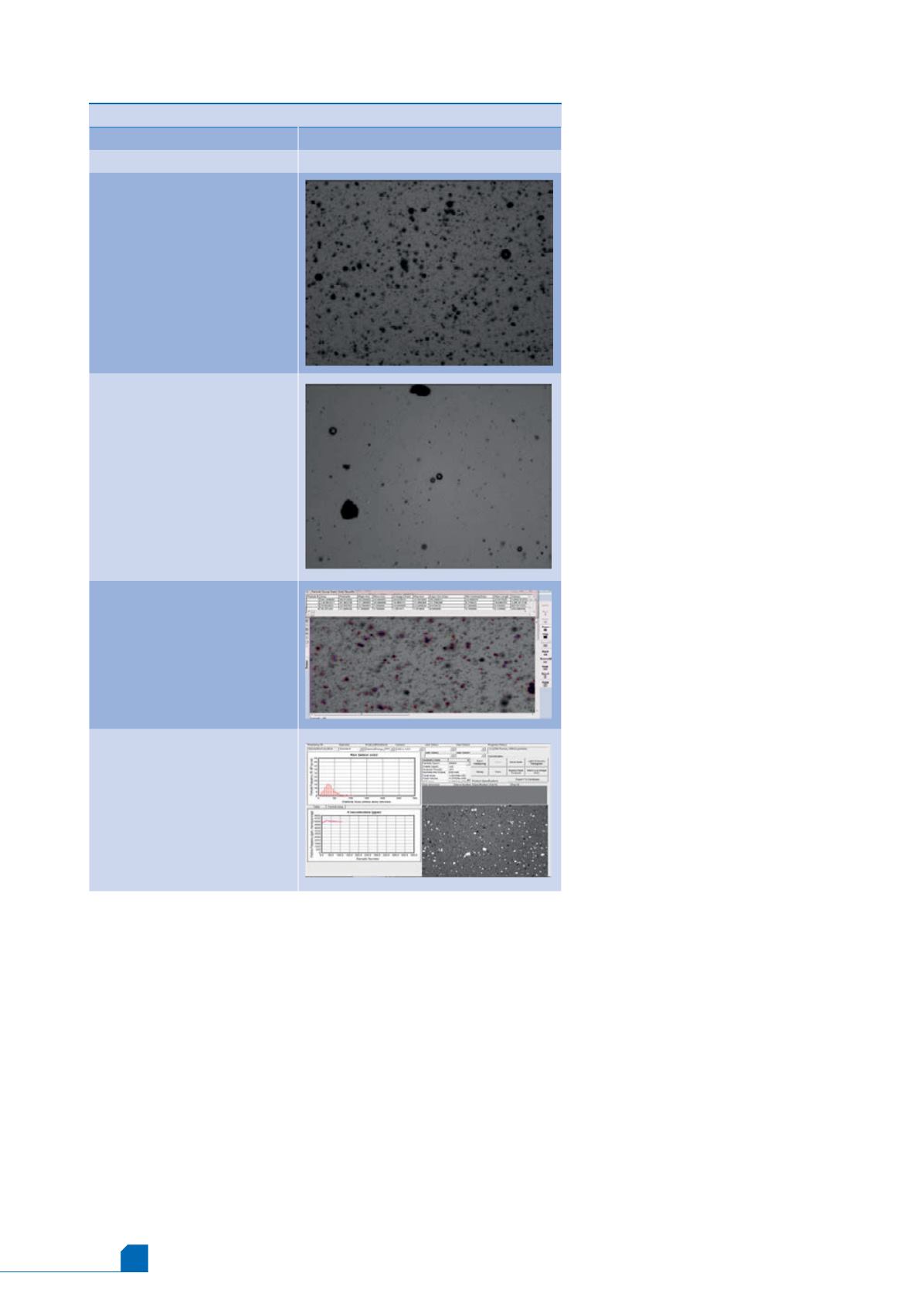
June
2016
HYDROCARBON
ENGINEERING
72
the efficiency of the unit. Online particle sensors provide
the ability to automatically program in the desired
concentration and clarity of any process stream. The
sensors offer real time, continuous viewing and analysis
of particulates under process conditions, and can be
programmed to automatically adjust the operation of
equipment to ensure on specification conformance. For
example, a refinery’s distributed computer system (DCS)
or programmable logic controller (PLC) program can
receive data from the online sensors, which is processed
by the analysis software to manipulate the back-flush
timing on the electrostatic separator. The process to
reduce the back-flush medium then becomes automatic,
allowing for immediate savings in the cost of back-flush
material while ensuring the desired process quality stays
within specification. Through the simple integration of
online sensors and analysis software with
a refinery’s electrostatic separator,
revenue loss from off specification
product and the length of time it takes for
tank settling is prevented.
Typical particle sensor data
collection
Table 2 illustrates a typical example of how
a refinery can determine the percent of
solids and particle size distribution within
any MCB from the FCC/RFCC in real time.
Measurements are captured using an online
digital camera with image and data analysis
software to isolate catalyst and ash
particles in the MCB.
Economics
The following offers an example of how
economic value is generated from
implementing automated online sensors,
analysis software and electrostatic
separation technology to remove FCC
catalyst fines from slurry oil, versus a
standard where settling tanks are used.
Refinery A operates an FCC unit with a
throughput of 80 000 bpd. The FCC unit
has a slurry oil product flow of 6.0 vol.% of
feed, or 4800 bpd at 0.0 API. The FCC unit
uses an electrostatic separator to remove
fines from 3000 wppm to <500 wppm. This
is equivalent to 2.25 tpd of fines. Assuming
2 tpd of sludge for every tpd of fines, a
total of 4.5 tpd of sludge and fines would
have accumulated in the storage tank. In
one year, approximately 1600 t would
accumulate in the storage tanks.
By using an electrostatic separator and
automated online sensors, upgrading the
slurry oil quality for high grade coke
production can provide Refinery A with
significant savings and increased revenue
potential on an annual basis.
Assuming a product value increase of
US$2/bbl of slurry oil, the added value is:
n
4800 bpd slurry oil product x 365 days x
US$2/bpd = US$3.5 million/y product value increase.
The only meaningful process cost for the electrostatic
separator is for recycle flow. For this scale, the recycle
flow rate would be 2 vol.% of the effluent, or 100 bpd. At a
cost of US$1/bpd, this cost is:
n
100 bpd recycle x 365 days x US$1/bpd = US$36 500/y
process cost.
Ignoring the labour and material costs of tank cleaning,
consider the landfill disposal cost of sludge, based on the
previously stated 1600 tpy of accumulation in the storage
tank. Assuming landfill disposal is US$1/lb (or US$2000/t),
the cost is:
n
1600 tpy x US$2000/t = US$3.2 million/y disposal cost
savings.
Table 2.
Sample collection
Main column sample
Sample description from sample container
MCBP decant oil
Image collection
Particles are sent through the flow
cell body and back-lit with a high
output LED strobe light. The particle
images are collected in real time
by the CCD camera. The image is
digitally transmitted to a PC with
software for analysis.
RFCC MCB at 5000 ppm.
Binary images
The image is broken down into
individual pixels. The intensity
difference between the particles and
the background allows the software
to determine which particles are in
focus, and their perimeter, as well as
the major axis, minor axis, area, and
other characteristics of the particle
dimensions.
RFCC CSO after separation;
approximately 50 ppm.
Analysis
Once the software determines the
particles size and shape, further
analysis is performed on individual
particles. The analysis includes
particle filters to enable users
to determine when particles are
dissimilar, or non-conforming, to the
entire distribution of particles.
Output
The software has analysed the
particles data, the information
can be stored and/or output to a
variety of locations. This includes
PC databases, a 4 - 20 mA current
loop, OPC and more.


